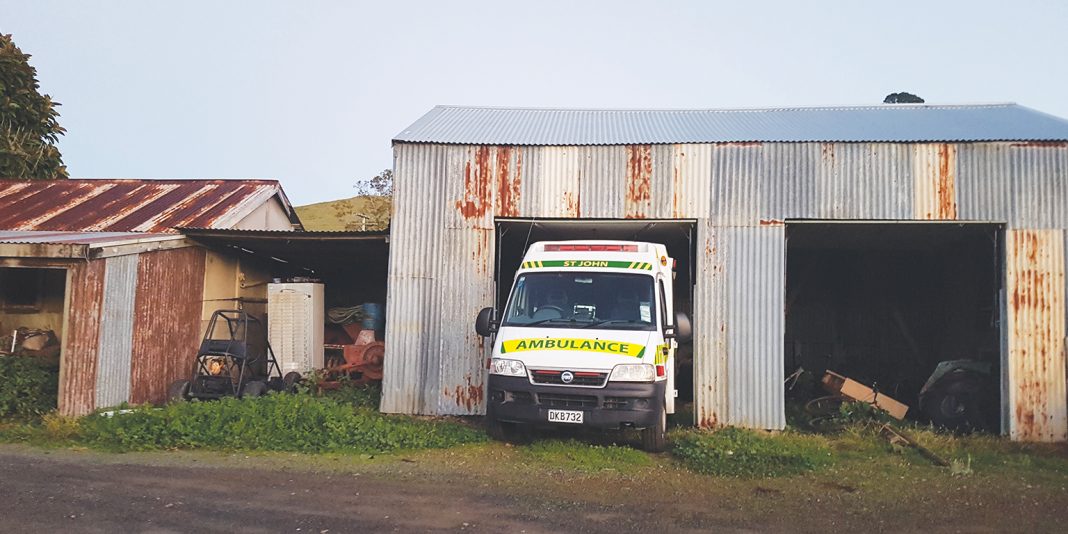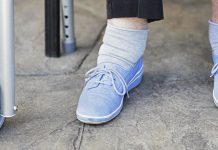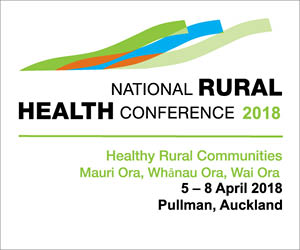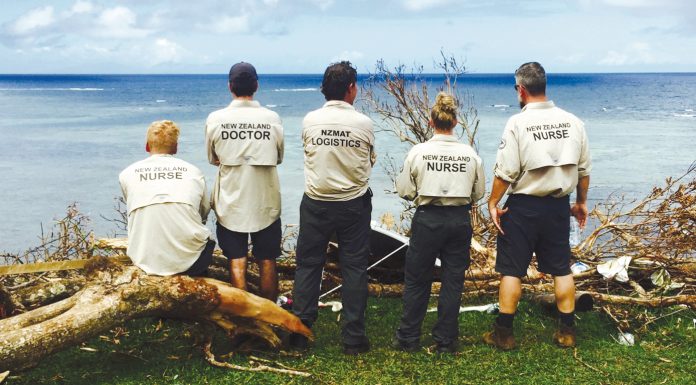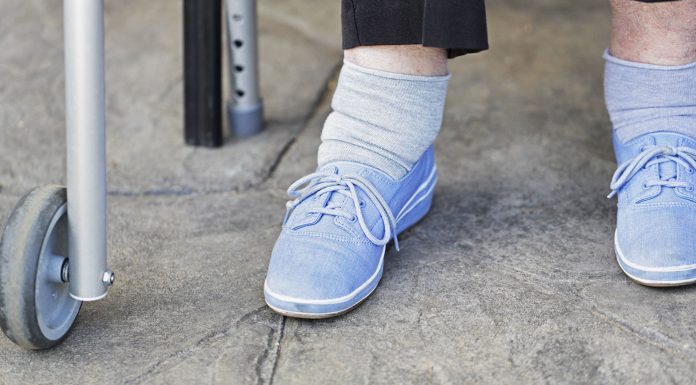Rapidly changing hats is a skill that Emma Dillon had to quickly acquire after becoming a ‘Jack-of-all-trades’ nurse on the Coromandel Peninsula nearly two years ago.
The farm girl from Southland seems a rural nurse natural but confesses that right up until the final year of her nursing degree, back in 2010, she wasn’t convinced that nursing was even for her.
 Working under some “amazing” West Coast rural nurse specialists in Reefton for her final clinical placement changed her mind and she set her sights on giving rural nursing a go if she ever got the chance.
Working under some “amazing” West Coast rural nurse specialists in Reefton for her final clinical placement changed her mind and she set her sights on giving rural nursing a go if she ever got the chance.
About five years later she was practice nursing in Cairns when she spotted the Colville Community Health Centre ad for a ‘practice nurse’ serving the top half of the Coromandel peninsula.
It was during her Skype interview that she first got an inkling that the job was not a typical practice nurse position.
“They call it practice-slash-district-slash-palliative-slash-public health-slash-after-hours-slash-PRIME nurse.” (She also discovered later that different funding contracts for many of those ‘hats’ can create some tricky fee decisions and complex paper trails – particularly as it is possible for a patient to end up seeing the same nurse wearing three different hats.)
On Emma’s first day in 2015 – fresh from the tropics to mid-winter Coromandel – she quickly got a taste of one of her many hats. The ambulance pager went off and as she ran after the nurse she discovered the ambulance’s home was a hayshed. Emma knew she had definitely shifted worlds.
Chances for orientation were limited – one week after starting she was sent south for her PRIME (Primary Response in Medical Emergencies) training in readiness for being on-call on an ‘eight days on six days off’ roster rotation with the centre’s other nurse.
“I probably came away frightened more than anything,” recalls Emma. “I was thinking ‘am I going to have to use this often?’ – luckily I haven’t.”
She says it took about six months for her to get her head around her many roles including heading out on ambulance callouts with the St Johns volunteer first responder – which in summer can happen up to three times a day.
In the winter the Colville Community Health Centre serves a community of 700 but in summer that swells to about 10,000. Emma says it is an ongoing battle with the district health board for recognition of the pressures that summer tourists bring. Offering after hours services to the holiday crowds can see summer working days stretch from 8.30am to 7pm – as well as being on-call overnight. Though Emma says the centre’s supportive GP will step in and do a night duty when nurses have had a long day and a disrupted night.
One afterhours call she took recently was not only not local but out to sea. Someone in a boat off the coast had had a fishhook to the eyeball and the family calculated Colville was the closest medical centre. A bizarre couple of hours followed for Emma pouring over maps trying to find the closest landing for the family to sail to, meeting them at the wharf and confirming the Westpac helicopter was needed for an urgent transfer to Waikato Hospital. (Calling in helicopters is not uncommon in a community cut off by floods and slips two or three times a year.)
Emma says clinically getting up to speed as a nurse working in rural isolation was one task – adjusting to the blurring of boundaries you face was another. Her commitment to rural nursing has seen her studying for a postgraduate rural nursing diploma, give volunteer hours to investigating a purpose-built health facility for Colville and joining rural nursing colleagues in kickstarting a rural nurse survey and working group (see online news story at www.nursingreview.co.nz).
But the south has called her back and she leaves Colville this winter to take up a rural nurse specialist position for the Southern DHB. And she is excited that this nursing job will not only have her changing hats but also islands – in this case Stewart Island and her native Southland on the Mainland.
Resources
- Rural Nurses NZ Facebook page www.facebook.com/groups/440474582969538
- New Zealand Rural General Practice Network www.rgpn.org.nz
- New Zealand Rural Hospital Network www.nzrhn.co.nz
See related stories:
